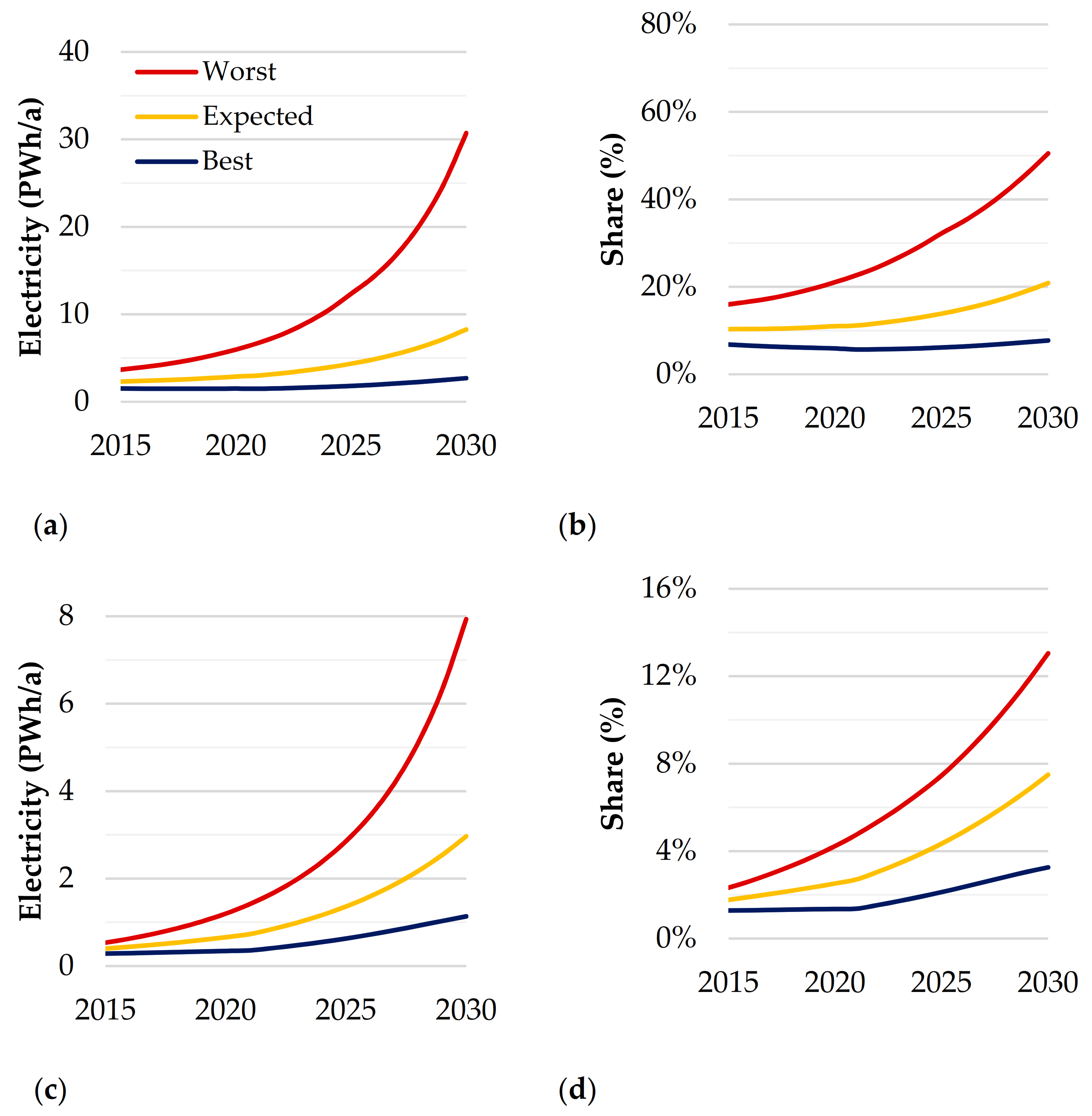


In a 2016 study by the British Council, it was found that in a study of 5,000 people over five countries, 39% said that people in the UK are most proud of the Royal Family. As the media grew, as did the eyes on the Royal Family. Prior to this public display, the Royal Family had been very private, with weddings and ceremonies reserved for upper class families. By the end of WWII the media had started to take off in coverage of the Royal Family, propelled into action by Winston Churchill after turning the marriage of (future queen) Elizabeth and Prince Phillip of Greece and Denmark, as she was young, hopeful and the mother of small children (Williams, 2015). But the British Royal Family, mainly the queen, is there to strengthen national unity and stability. Historically, England was a very homogeneous country and developed coherent traditions, but, especially as the British Empire expanded and the country absorbed peoples from throughout the globe, English culture has been accented with diverse contributions from Afro-Caribbeans, Asians, Muslims, and other immigrant groups (Kellner, Thomas, 2019). The middle level of Hofstede’s culture levels is collective, shared experiences that help guide a person, and the bottom level is wanting to belong to a group. Since then there have been many kings and queens that have helped to develop a culture in Great Britain, but the modern-day Royal Family has helped to solidify that culture through the use of the media. The British monarchy was established in 1215 with the singing of the Magna Carta, requiring the king to rule only under law (Synan, 2013). The next layer up is collective, which is had by some people, consisting of shared experiences that help guide a person, and culture falls in this realm. The biggest level is universal, and consists of things that all humans share, like a need for shelter, wanting to belong to a group, wanting to grow as a person. Hofstede defines culture as a mental program, and he breaks the programs into three levels: universal, collective and individual (PSU, 2020).


 0 kommentar(er)
0 kommentar(er)
